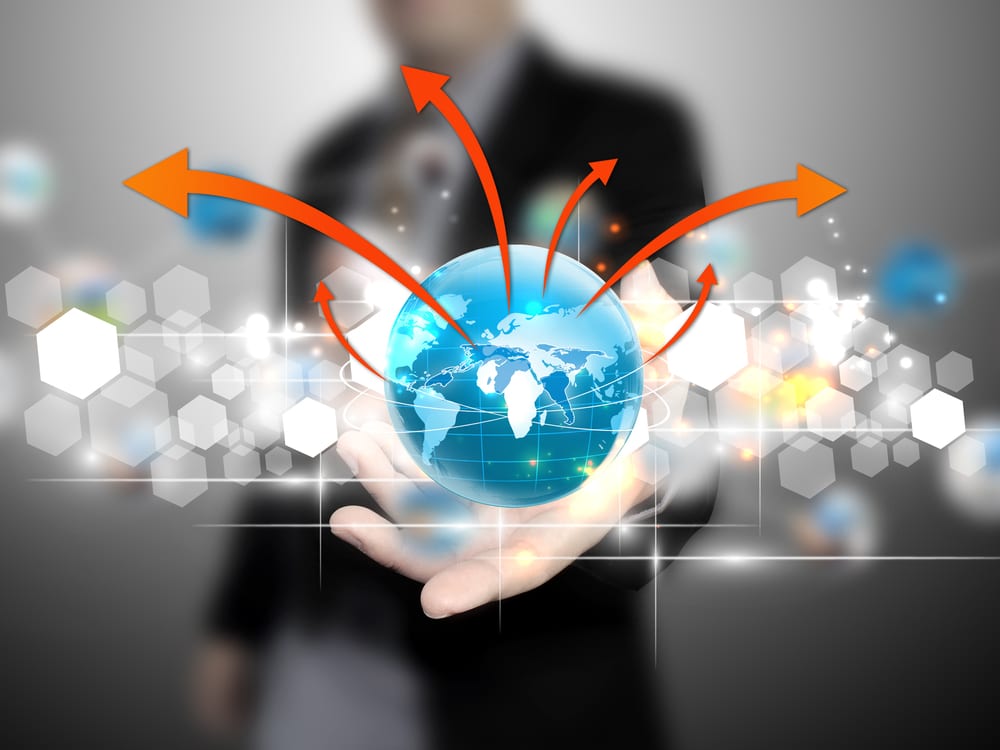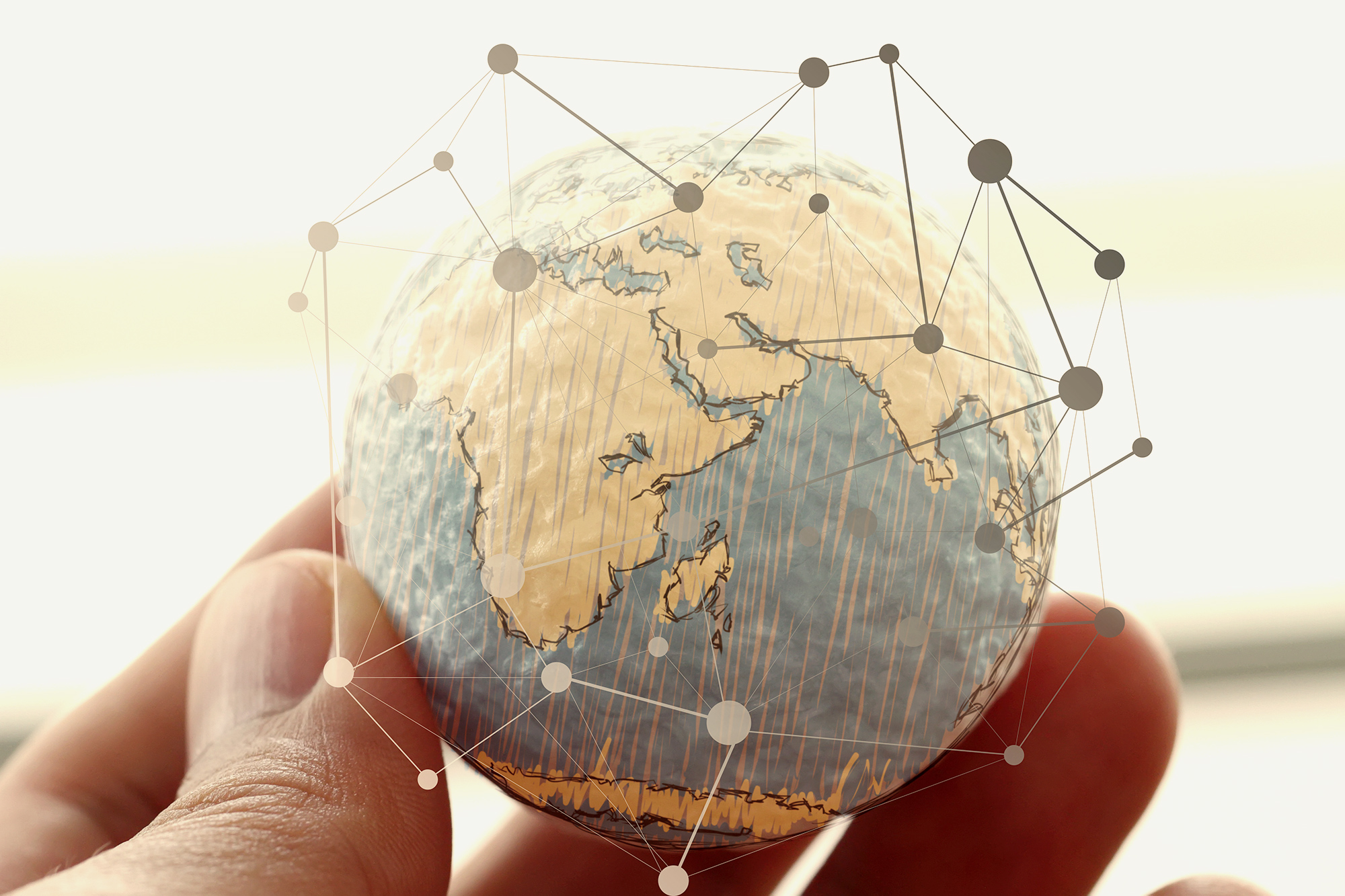In today's interconnected world, the global workplace is undergoing significant transformations. As businesses expand their operations across borders, embracing diversity and inclusion has become essential. In this article, we will explore the importance of diversity and inclusion in the global workplace and how it can positively impact organizations and individuals alike. Let's delve into the various aspects of this crucial topic.
Understanding Diversity and Inclusion
Diversity
Diversity encompasses the wide range of characteristics and identities that individuals bring to the workplace. It includes factors such as race, ethnicity, gender, age, sexual orientation, religion, nationality, and physical abilities, among others. Diversity is a fundamental aspect of our society that encompasses the uniqueness and differences among individuals. In recent years, the importance of embracing diversity has gained significant recognition, particularly in the workplace. This article aims to shed light on the significance of diversity, its benefits, and how organizations can foster an inclusive environment that values individual differences. Diversity refers to the wide range of characteristics and attributes that individuals possess, including but not limited to race, ethnicity, gender, age, sexual orientation, religion, disability, and socioeconomic background. It encompasses the richness of human experiences, perspectives, and talents. A diverse workforce brings together individuals with unique backgrounds, experiences, and viewpoints. When people from different walks of life collaborate, they offer fresh perspectives and insights that lead to enhanced innovation and creativity. By encouraging diverse voices to be heard, organizations can unlock their full creative potential and drive positive change.
Embracing Inclusion
Inclusion goes beyond diversity; it involves creating a work environment where everyone feels valued, respected, and included. It requires fostering a sense of belonging, ensuring equal opportunities, and promoting equitable treatment for all employees.
Benefits of Diversity and Inclusion in the Global Workplace
Enhanced Innovation and Creativity
When individuals from diverse backgrounds come together, they bring unique perspectives, experiences, and ideas. This diverse pool of knowledge and insights fosters innovation and creativity, leading to fresh approaches, problem-solving, and breakthrough ideas.
Broader Market Reach
Diversity in the workplace reflects the diversity of the global market. By having a workforce that represents various cultures, languages, and demographics, organizations can better understand and cater to the needs of diverse customer segments. This inclusive approach can give businesses a competitive edge and open up new markets and opportunities.
Increased Employee Engagement and Retention
When employees feel included and valued for their unique contributions, they are more engaged and motivated. In an inclusive workplace, individuals are more likely to be committed to the organization's goals, resulting in higher productivity, lower turnover rates, and increased employee loyalty.
Better Decision-Making
Diverse teams are more effective at problem-solving and decision-making. When multiple perspectives are considered, decisions are more well-rounded and comprehensive. This diversity of thought helps organizations avoid groupthink and make informed choices that consider a range of possibilities and potential outcomes.
Building a Diverse and Inclusive Global Workplace
Leadership Commitment
Creating a diverse and inclusive workplace starts with leadership commitment. Senior leaders must champion diversity and inclusion initiatives, set the tone for the organization, and ensure that these values are embedded in the company's mission, vision, and policies.
Recruitment and Hiring Practices
To foster diversity, organizations must adopt inclusive recruitment and hiring practices. This includes implementing unbiased selection criteria, promoting job postings in diverse communities, and actively seeking candidates from underrepresented groups. By doing so, businesses can attract a wider talent pool and ensure a more inclusive workforce.
Training and Development Programs
Providing diversity and inclusion training to employees is essential for creating awareness, promoting understanding, and building inclusive behaviors. Organizations should offer ongoing training programs that address unconscious bias, cultural competence, and inclusive leadership to foster an inclusive global workforce.
Employee Resource Groups
Establishing employee resource groups (ERGs) can be highly beneficial in promoting diversity and inclusion. ERGs provide a platform for employees to connect, share experiences, and support one another. These groups can help create a sense of belonging, foster cultural exchange, and drive initiatives that enhance diversity and inclusion in the workplace.
Embracing diversity and inclusion in the global workplace is crucial for organizations to thrive in the future. By recognizing and appreciating the value of diverse perspectives, organizations can unlock innovation, enhance decision-making, and create a more engaged and inclusive workforce. Building a diverse and inclusive global workplace requires commitment, proactive measures, and ongoing efforts to ensure that everyone's voices are heard and valued.
FAQs (Frequently Asked Questions)
FAQ 1: How does diversity contribute to innovation in the workplace?
Diversity brings together individuals with different backgrounds, experiences, and perspectives, fostering a rich pool of ideas and insights. This diversity of thought stimulates innovation and creativity, leading to new and improved solutions.
FAQ 2: What are some challenges in creating an inclusive global workplace?
Some challenges in creating an inclusive global workplace include cultural barriers, unconscious biases, language barriers, and the need for effective communication and collaboration across diverse teams. Overcoming these challenges requires ongoing education, open dialogue, and a commitment to fostering an inclusive environment.
FAQ 3: How can organizations measure the impact of diversity and inclusion efforts?
Organizations can measure the impact of diversity and inclusion efforts through various metrics, including employee engagement surveys, diversity representation data, retention rates, and feedback from employees. Regular assessments and feedback loops can help organizations gauge the effectiveness of their initiatives.
FAQ 4: Can small businesses benefit from diversity and inclusion?
Absolutely! Diversity and inclusion are not limited to large corporations. Small businesses can benefit from diversity by accessing a broader talent pool, gaining different perspectives, and appealing to diverse customer segments. Inclusion creates a positive work environment that fosters employee loyalty and engagement.
FAQ 5: How can individuals promote diversity and inclusion in their workplace?
Individuals can promote diversity and inclusion by being aware of their own biases, treating others with respect, actively participating in diversity initiatives, and advocating for inclusive practices. It's important to foster a culture of inclusion by valuing diversity and championing equal opportunities for everyone.










 English (US) ·
English (US) ·